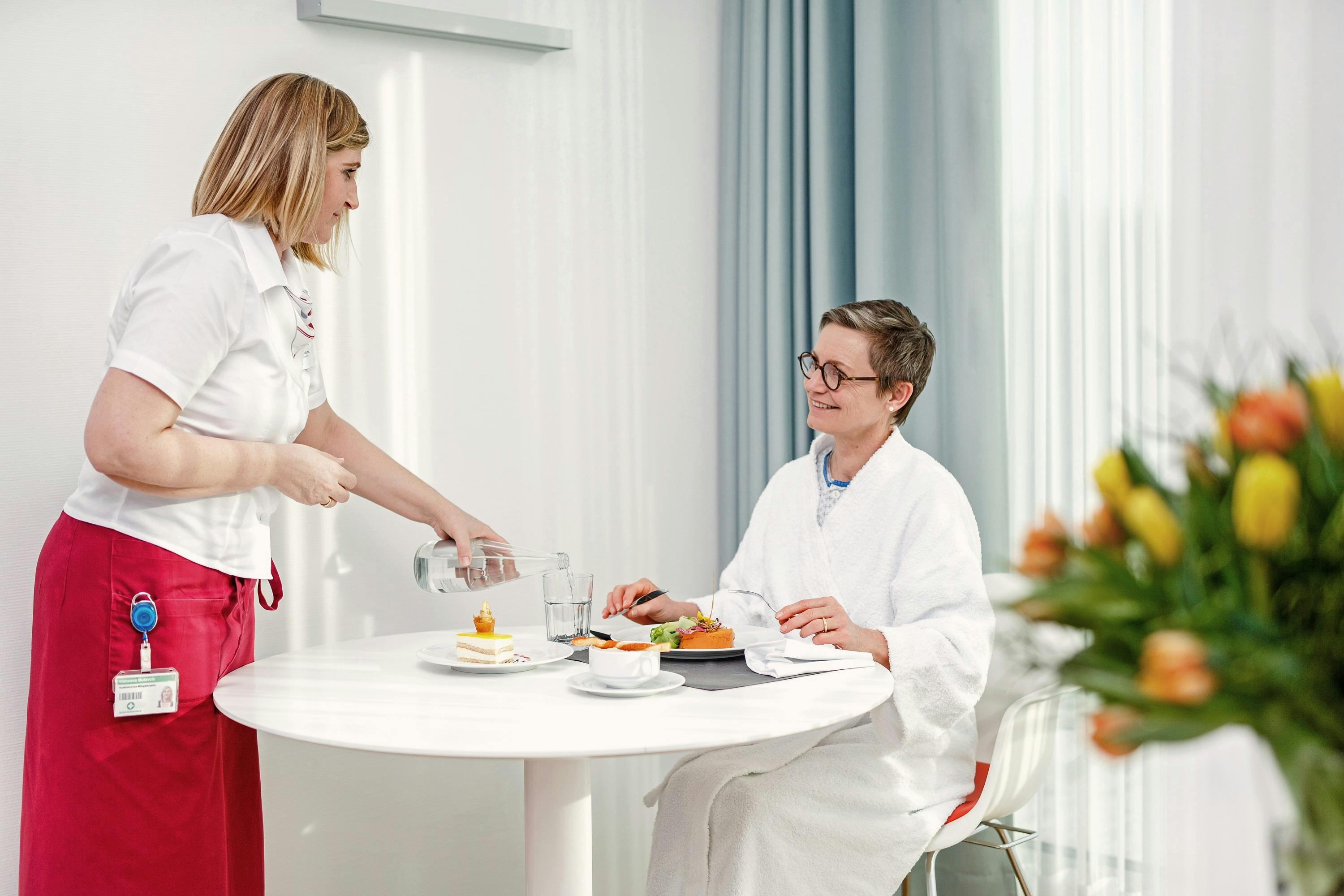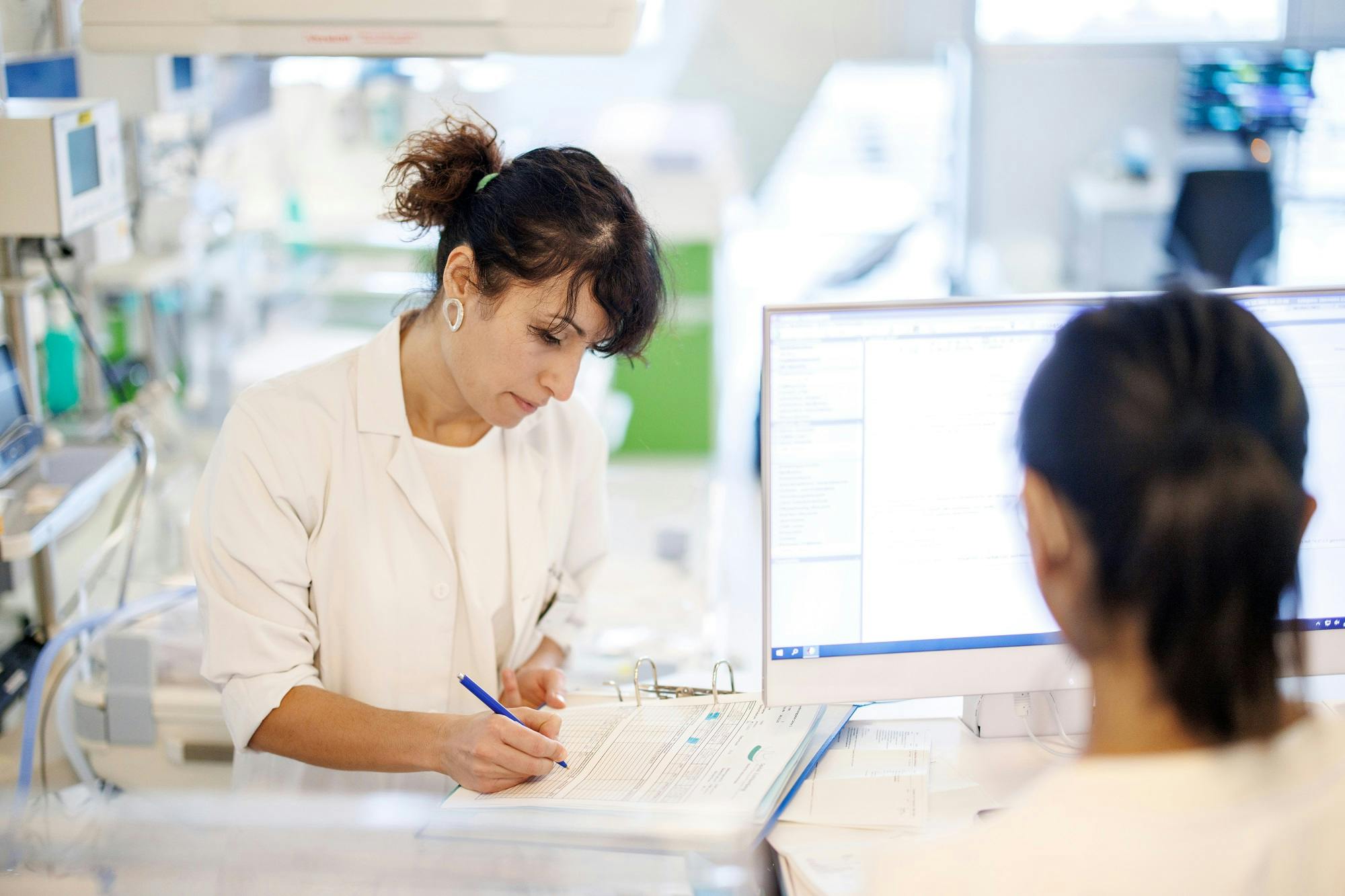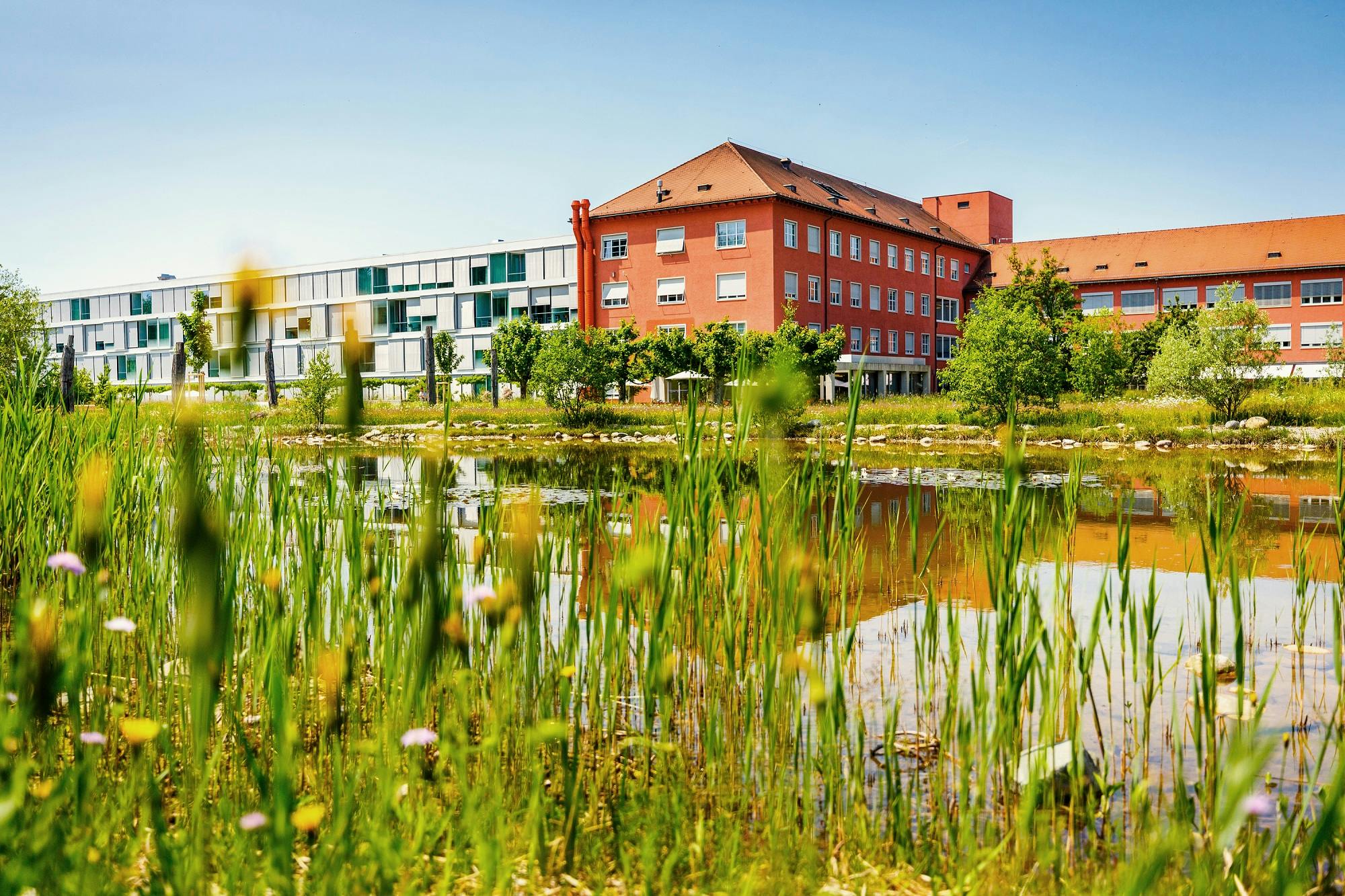Black skin cancer: recognising, preventing and treating risks
Dr. med. Sora Linder
September 18, 2025
5 min
In summer, when the sun is often at its highest and temperatures are at their peak, proper skin protection is essential. It is precisely now that we should take a conscious look at our skin health and inform ourselves about the risks of skin cancer. The focus today is on black skin cancer, also known as malignant melanoma. The incidence of melanoma has risen worldwide in recent decades - including in Switzerland - and is curable by surgery in over 80 per cent of cases. The main cause: UV radiation. In this interview, Dr Sora Linder, our specialist in dermatosurgery (surgical dermatology) and Head of Plastic Surgery Zurich, provides valuable insights and advice on the subject of melanoma.
Brief overview - what you can expect in the interview:
Dr Sora Linder, could you please explain to us what melanoma is and why it is so dangerous?
Black skin cancer, also known as melanoma, is a malignant cancer that originates from the pigment-forming cells (melanocytes) of the skin. It is therefore a disease in which cells can divide and spread uncontrollably.
A melanoma can develop from an existing mole or appear as a new spot on the skin.
What is the difference between white skin cancer and black skin cancer?
Both black and white skin cancer are tumours that can invade surrounding tissue and damage healthy cells.
In addition to local tumour growth, black skin cancer can quickly spread to other parts of the body via the lymphatic and blood systems (metastasis).
Interview with Dr Linder about "Removal of white skin cancer"
Dr Sora Linder answers the three most frequently asked questions about white skin cancer.
What are the causes and risk factors for melanoma?
- The main cause of melanoma is excessive exposure to the sun (UV radiation).
- A large number of moles (more than 100) or atypical moles increase the risk of developing melanoma.
- A familial predisposition, i.e. a melanoma in the family, also increases the personal risk of developing the disease.
- A weakened immune system can impair the body's own defence against cancer cells and increase the risk of developing the disease.
How can you recognise black skin cancer? Are there certain symptoms or signs to look out for?
The ABCDE rule is a mnemonic for the early detection of potential melanomas.
The individual criteria in detail:
- Asymmetry: uneven shape, not round or oval
- Boundary: irregular, blurred edge that merges into the healthy skin
- Colour: different colours or shades of colour within the birthmark (for example brown, black, red, blue or grey)
- Diameter: A diameter of five millimetres or more is a warning sign. Rapid growth is also an indication.
- Elevation/ development: The birthmark grows in height or changes in size, shape, colour or height.
If one or more of these criteria apply to a birthmark, it should be checked dermatologically.
How is malignant melanoma diagnosed and what are the treatment options?
The diagnosis and treatment of melanoma involves a combination of skin examinations, taking a tissue sample, histological examination and different treatment approaches depending on the stage. Early detection and removal of the melanoma are crucial for a good prognosis.
Thanks to our extensive experience in this field, we can provide affected patients with detailed and comprehensive advice on this topic in our specialised consultation hours.
What are some practical measures people can take to reduce the risk of developing black skin cancer?
Sunscreens protect the skin by absorbing, reflecting or scattering ultraviolet rays. However, sunscreens do not block all ultraviolet rays.
- Avoid the sun between 10 a.m. and 4 p.m., as this is when the sun's rays are strongest.
- Protect yourself from the sun's harmful rays with a broad spectrum sunscreen. Don't forget your ears, hands, bald patches, back, neck or areas of skin under straps.
- Shade, clothing, hats and sunglasses offer additional protection.
About sun protection factor (SPF)
- The protection offered by a sunscreen varies from person to person. It depends on the skin type, the time spent in the sun and the time of day.
- Skin applied with SPF 15, for example, will burn if it is exposed to 15 times the amount of rays that would normally cause sunburn.
- No sunscreen can provide 100 per cent protection against sunburn.
Weitere Beiträge
Latest news
Education and exchange on World Premature Baby Day
To mark World Premature Baby Day 2025 on Monday, 17 November 2025, our neonatology clinic at Zollikerberg Hospital organised an information stand from 9 am to 4 pm to raise awareness of the special needs of premature babies. Parents and numerous other interested parties took the opportunity to obtain information, ask questions and find out more about the care of premature babies. The great interest and the many encounters showed us how important information and dialogue are for families with premature babies. A special thank you to everyone who came along, actively helped and organised the day with us.
Latest news
What you really need to know about asthma
Asthma is a widespread chronic disease that can severely affect many people in their everyday lives. We answer the most important questions to help you better understand what asthma means, how it develops and how you can live well with it.
Latest news
Fast track in the emergency centre: efficient care for patients
With the opening of the new "fast track" in the interdisciplinary emergency centre, Zollikerberg Hospital is taking an important step towards managing the increasing demand in emergencies in an efficient and patient-oriented manner. The new treatment pathway enables patients with less complex but urgent concerns to be treated quickly and in a targeted manner, while at the same time relieving the pressure on the core emergency centre.
In an interview with PD Dr Sima Djalali, Head Physician, Department of Internal Medicine, Emergency Medicine, we find out what considerations were behind the project, how the fast track works in everyday life and what difference it makes for patients and the treatment team.


